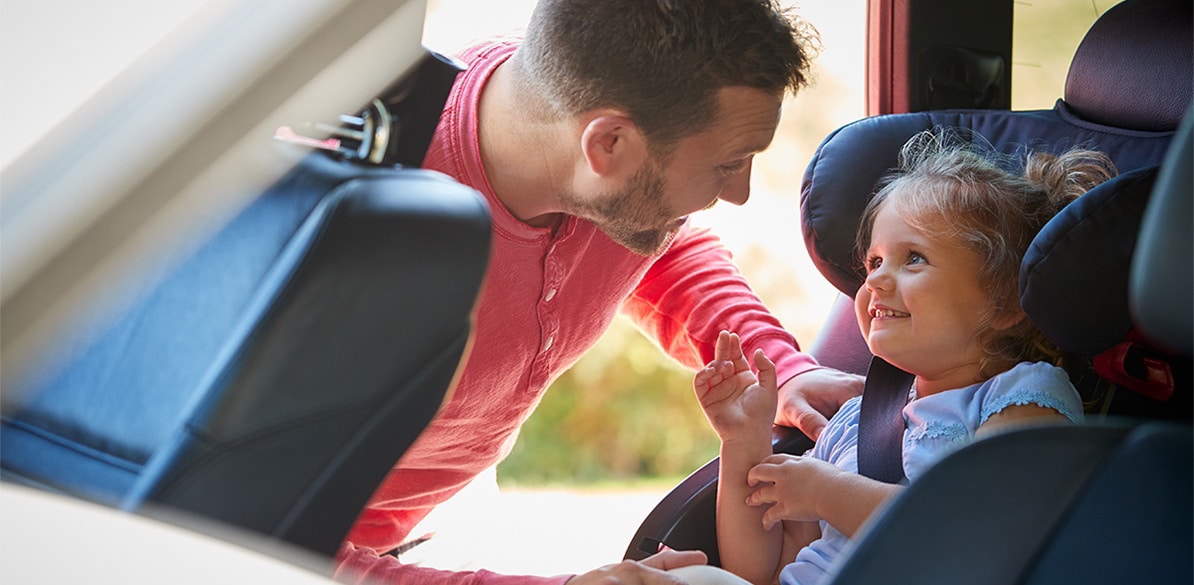The evolution of child car seats
From Regulation 44 to Regulation 129

Road Safety
Over the last few years we have seen products with the same basic function sharing the market, approved by 2 different legal frameworks. We are talking about child car seats. This fact has generated a great deal of confusion among users about the suitability of the products, their usability and their safety level.
The first thing we have to say is that the regulations, both Regulation 44 and Regulation 129, are a set of requirements that establish the minimum safety requirements that a product must meet in order to be marketed.
The initial approach of Regulation 129 was based on basic principles:
- The improvement of child seat installation by promoting the ISOFIX system, which is where the isize concept comes from.
- The inclusion of side impacts in the regulation, due to the increase, in the first decade of this century, of injuries sustained in side collisions.
- The adaptation of child seat dimensions to actual measurements; hence, the change in the rating from the weight to height of the child.
These changes have led to an infinite number of modifications to child seats which, although at first glance may appear to be very similar, now have significant differences on the inside.
The energy absorption levels of the interior of child seats have greatly increased due to side impact compliance. If we compare the upholstery of a Regulation 44 child seat with that of the new Regulation, we will see that an infinite number of foams and viscoelastic elements figure that were not there before. These foams ensure that the product performs better in the event of a side impact.
In addition, the dimensions of child seats have been increased, now allowing the range of use to be “more realistic” and suitable for 95% of children up to the defined height. This means that 95% of children with a given height, e.g., 105 cm, will fit in the child seat.
In addition, R129 has simplified the way in which the child is secured and the way in which the seat is attached to the vehicle, making the products better in this respect as well.
So, to answer the typical question of which product is better, a Regulation 44 or a Regulation 129 chair, one approved under the new regulation meets more size, safety and installation requirements and therefore, at the same level of child seat, we would choose a Regulation 129 chair.
The same level of chair means that to establish this comparison we must compare products of a similar cost, or even products from the same manufacturer, of a similar level.
As we mentioned at the beginning, approvals establish the minimum requirements to be met to be able to market a product. In fact, child seats from some manufacturers, both Regulation 44 and Regulation 129 approved, have actually been designed to meet higher standards, such as consumer tests or PLUS tests, so comparisons between R44 and R129 become meaningless.
A final important reason for purchasing one product or another is that, as of September 2023, products approved according to Regulation 44 will be banned from sale and therefore only products with the new regulations will be available on the market. This ban on their sale does not mean that the products cannot be used, and we can rest assured that they will continue to be permitted for years to come.
